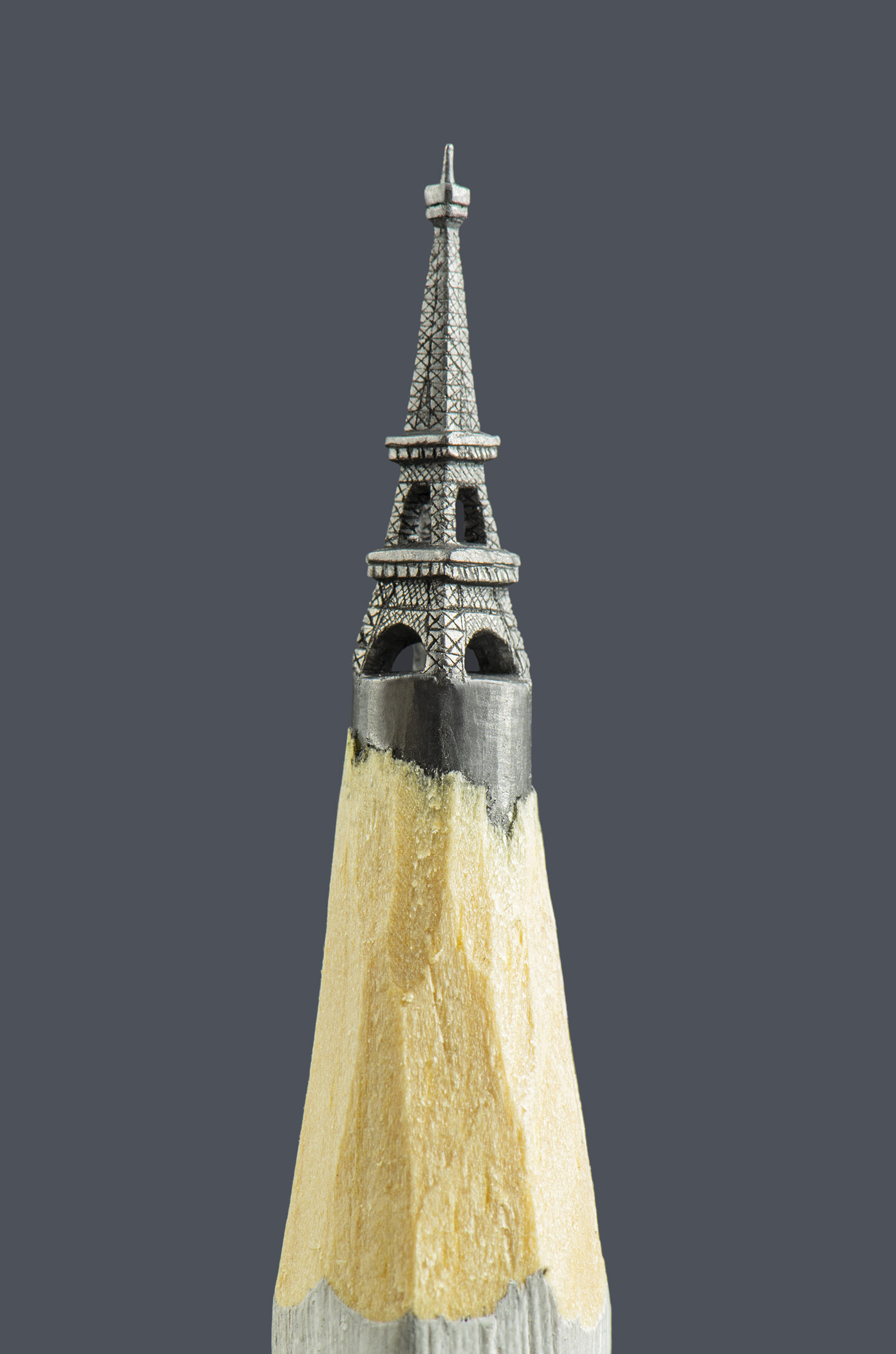The Eiffel Tower is one of the most recognizable landmarks in the world. Built-in 1889 by Gustave Eiffel, this tower has stood the test of time and become a symbol of France and its capital, Paris. As a sculptor, I have always been drawn to the challenge of capturing the intricate details of this iconic structure in my work.
One of the things that make the Eiffel Tower such a unique and interesting subject to sculpt is its history. The tower was originally built as a temporary structure for the 1889 World’s Fair, and many people at the time thought it was an eyesore. But Gustave Eiffel knew that the tower had the potential to be something truly special, and he fought to keep it standing even after the fair ended. Gustave Eiffel, a French engineer, and an architect was the mastermind behind the tower’s design. He had previously designed several bridges and other structures, but the Eiffel Tower was his most ambitious project.
Today, the Eiffel Tower is one of the most beloved landmarks in the world, and a testament to the power of vision and determination.
Construction of the Eiffel Tower began in 1887 and took two years to complete. It involved more than 300 workers and 18,000 individual pieces of iron. The Eiffel Tower is made of wrought iron and weighs approximately 10,100 tons. At the time of its construction, it was the tallest man-made structure in the world, standing at 324 meters (1,063 feet). The Eiffel Tower has three levels that are open to the public. Visitors can take an elevator or climb stairs to reach each level. The first and second levels have restaurants and observation decks, while the third level is an open-air observation deck.

As I worked on my sculpture, I found myself inspired not only by the beauty of the Eiffel Tower but also by its history and the story behind it. This is what makes art so powerful – it can capture not just a physical object, but also the emotions and stories that surround it. When I look at my sculpture of the Eiffel Tower, I don’t just see a representation of a famous landmark – I see a tribute to the ingenuity and creativity of Gustave Eiffel, and a celebration of the beauty and wonder of Paris.
In the end, that’s what art is all about – capturing the essence of something, whether it’s a physical object like the Eiffel Tower, or an idea or emotion. And for me, that’s why the challenge of sculpting the Eiffel Tower was so appealing. By capturing the intricate details of this iconic landmark, I was able to capture a piece of its history and share it with the world through my art.
So if you’re ever in Paris, take a moment to appreciate the Eiffel Tower and all that it represents. And if you’re an artist or creator, don’t be afraid to take on a challenge – you never know where it might take you.


